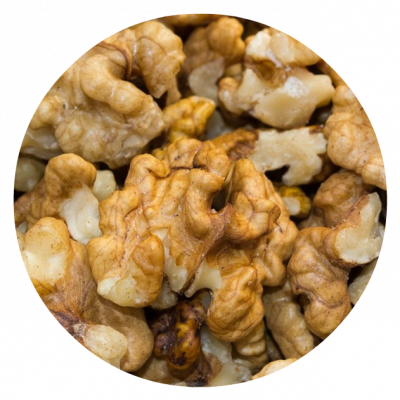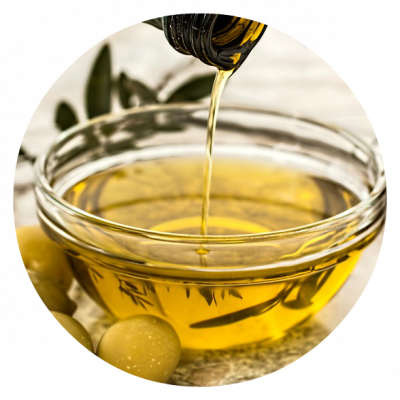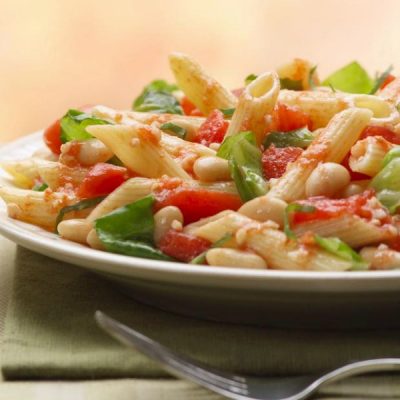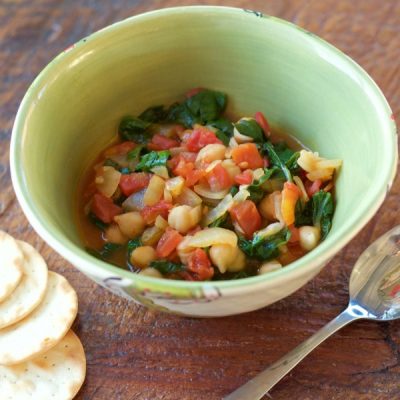A Little Bit Goes a Long Way
The saying, "You are what you eat" is sort of true when it comes to your health. But the part we should add is, "You are how much you eat." Balance is the name of the game.
While nutritious foods are important to keep you healthy, too much of a good thing isn't always best. Below are some examples of foods that are good for you, but only in small amounts.
Nuts
A few nuts each day is a great source of protein and healthy fats, but you know what's not healthy? A cup of nuts. Or an entire container of nuts... Hey, it happens. A little bit goes a long way though. About 1/4 cup is all you need. Get your (small) dose of nuts in this apple salad or energy trail mix.

Juice
Did you know more than 1/2 a cup of juice (4 oz), especially for kids, isn't a good idea? It’s much better to eat fruit instead. A half cup of juice daily is okay but otherwise choose fruit for more fiber and fewer calories. Check it out:
| 1 cup 100% apple juice | 1 medium apple |
|---|---|
| 114 calories | 95 calories |
| 1 g fiber | 4 g fiber |
| 24 g sugar | 19 g sugar |
Healthy Oils
You may already know that olive oil and canola oil are better choices than “solid” fats like lard, shortening, or butter. It does not mean we are able to have large amounts of them though. More unsaturated fats and less saturated/trans fats make olive and canola oil better options for cooking and baking but try to use a couple of tablespoons or less daily.



